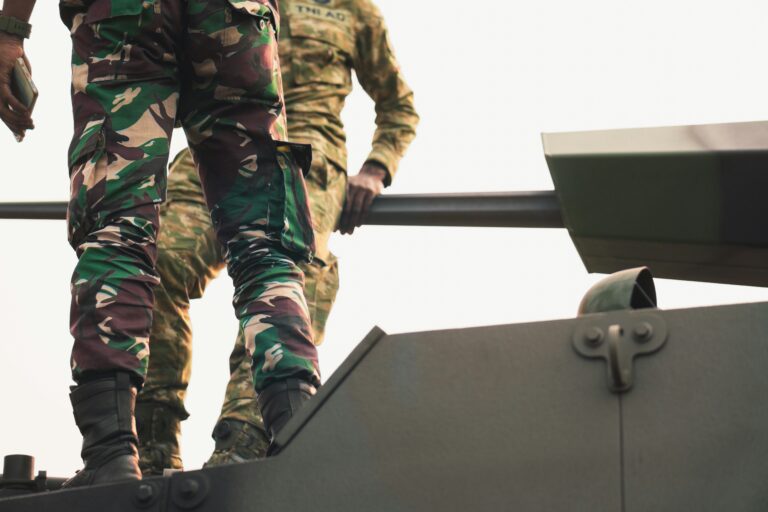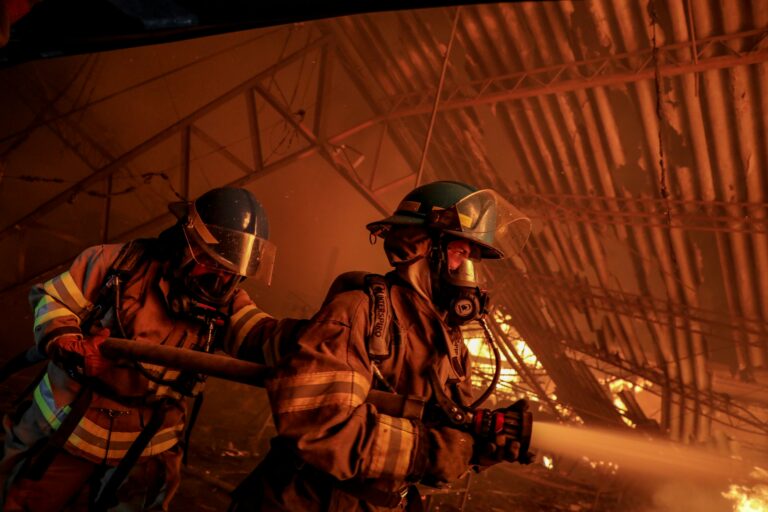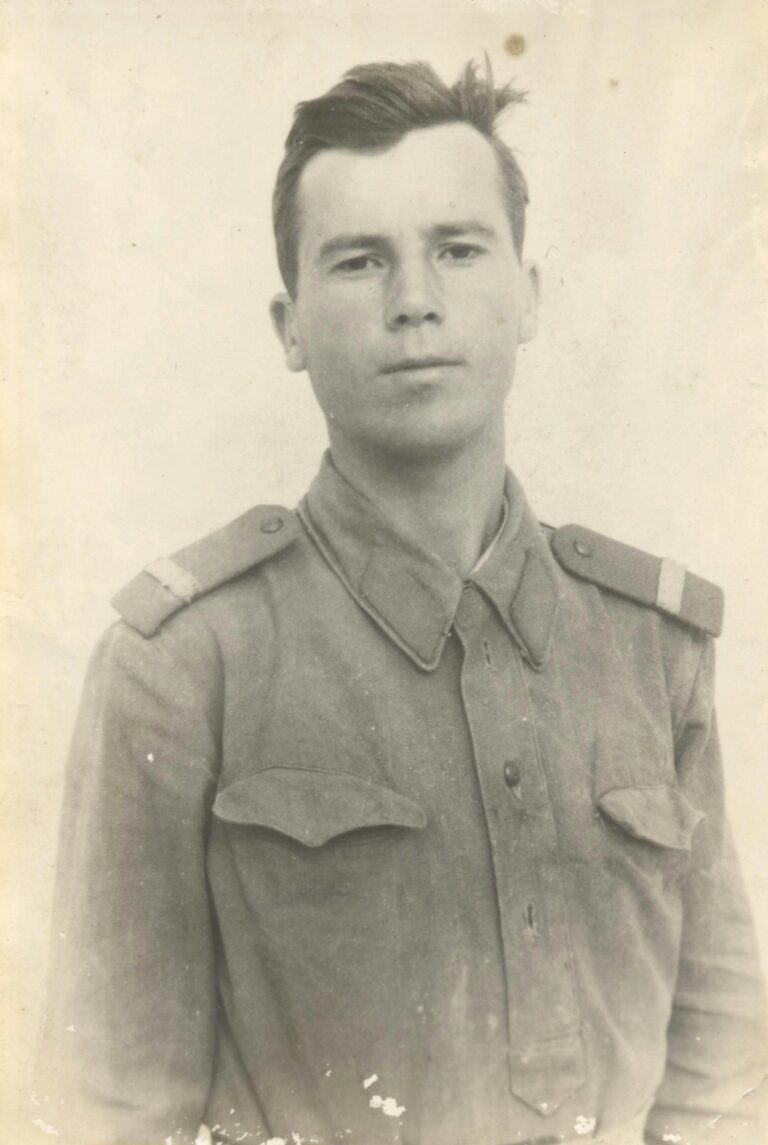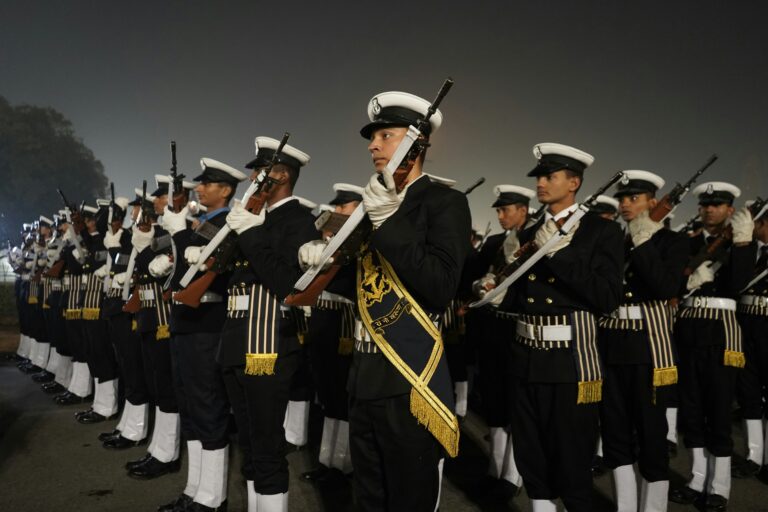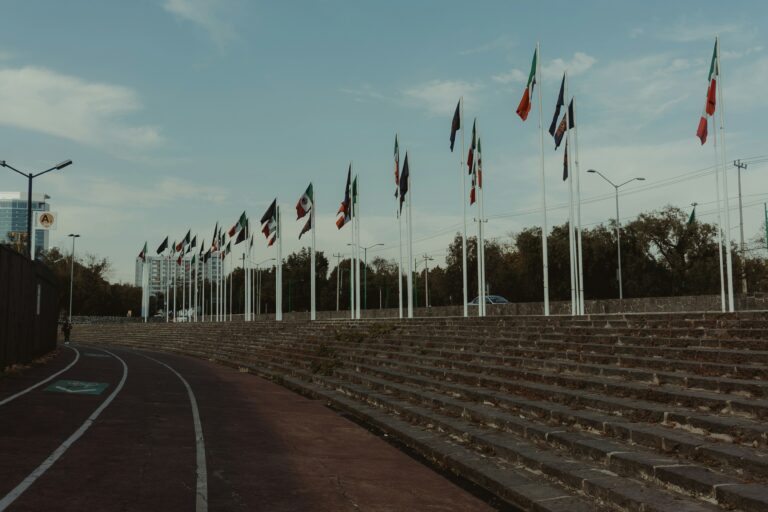Royal Engineers
Introduction
The British Armed Forces rely on more than firepower to achieve success — they depend on robust infrastructure, mobility, and rapid problem-solving in the harshest conditions. That’s where the Royal Engineers come in.
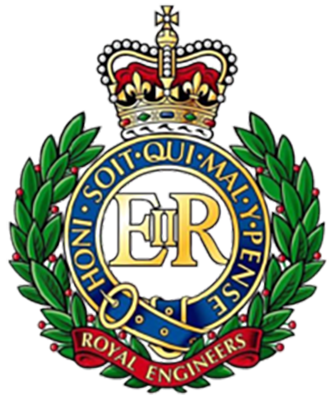
Known as the “Sappers,” the Royal Engineers are the British Army’s engineering corps, skilled in construction, demolition, logistics, and combat support. From building bridges in Afghanistan to clearing mines in Bosnia, these specialists operate at the heart of every UK military operation — often under fire.
Who Are the Royal Engineers?
The Royal Engineers (RE) are one of the oldest and most versatile corps in the British Army. Their motto, “Ubique” (Everywhere), reflects their constant presence across military campaigns, past and present.
They are responsible for:
- Military engineering and infrastructure
- Explosive ordnance disposal (EOD)
- Combat engineering (bridges, defences, demolitions)
- Humanitarian assistance
- Geospatial intelligence and mapping
- Water and power supply in field operations
Whether in combat zones or disaster relief efforts, the Royal Engineers make it possible for other units to move, fight, and survive.
Key Units and Specialisations
1. Field Squadrons
- Provide combat engineering support
- Build fortifications, clear obstacles, construct roads, airstrips, or helipads
2. Explosive Ordnance Disposal (EOD) & Search
- Neutralise unexploded bombs, IEDs, and mines
- Conduct forensic and intelligence-gathering operations
3. Infrastructure Support Groups
- Design and build camps, medical facilities, HQs, and fuel points
- Run logistics and water purification
4. Royal Engineers Geographic (Geo) Support
- Produce maps, satellite imagery, and terrain analysis for commanders
5. Royal Engineers Divers
- Specialise in underwater demolitions, inspections, and repairs
- Operate in harbours, rivers, and amphibious missions

Core Responsibilities
| Function | Description |
|---|---|
| Combat Engineering | Bridging rivers, building bunkers, clearing minefields under fire |
| Construction | Designing and erecting military infrastructure — from roads to hospitals |
| Demolition and Breaching | Destroying enemy obstacles and fortifications |
| Search & EOD | Identifying and disabling explosive threats |
| Mapping & Surveying | Supplying real-time geographic intelligence |
| Disaster Relief | Supporting flood responses, earthquake zones, and humanitarian missions |
Real-World Deployments
Royal Engineers have served in:
- Afghanistan & Iraq – Forward Operating Base (FOB) construction, route clearance
- Bosnia & Kosovo – Mine clearance and rebuilding efforts
- Falklands – Airstrip repair and fortification
- Ebola crisis in Sierra Leone – Built treatment centres
- Hurricane relief – Caribbean missions with RFA vessels
- UK COVID-19 response – Helped construct Nightingale hospitals
Their speed and capability to build under pressure are unmatched in modern military operations.
Recruitment and Entry Pathways
You can join as:
- Regular Soldier (Sapper) – Entry through Army training at Pirbright or Winchester
- Royal Engineers Officer – Graduate entry via Sandhurst
- Tradesperson – Specialist roles (plumber, electrician, carpenter, bricklayer, etc.)
- Army Reserve – Serve part-time as a trained engineer in local units
Minimum Requirements:
- Age: 16+
- GCSEs for trades (maths, science, English often required)
- Fitness test and medical
- Trade aptitude tests (for some roles)
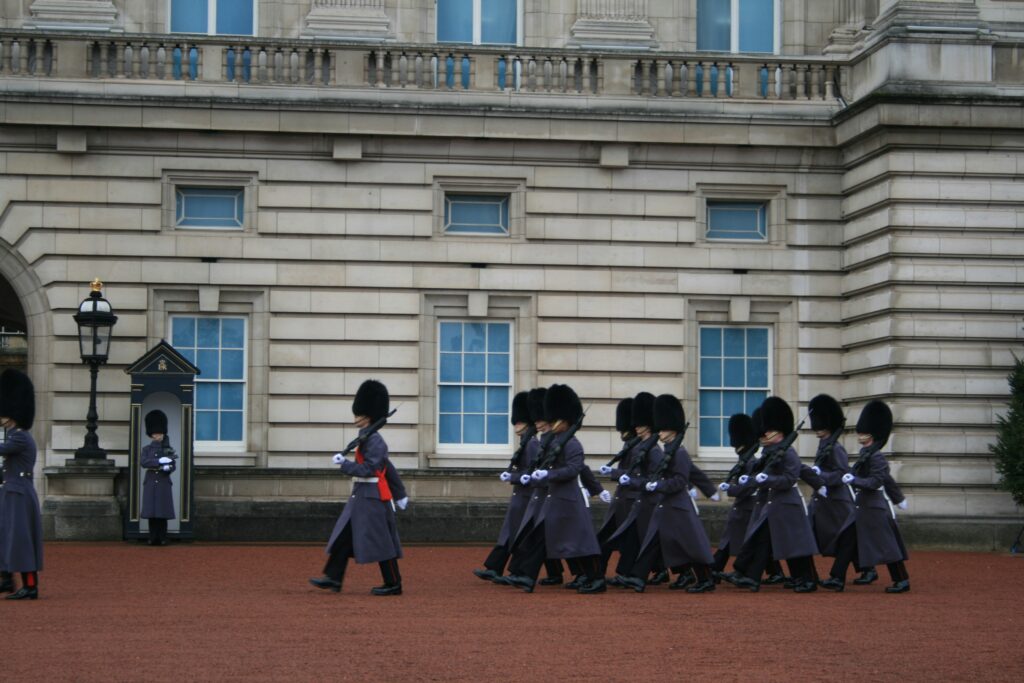
Training and Career Tracks
After basic training, soldiers join the Royal School of Military Engineering (RSME) in Chatham, Kent — one of the oldest engineering schools in the world.
Key Training Areas:
- Combat engineering techniques
- Construction and infrastructure
- Demolitions and explosives
- Field fortifications and bridging
- EOD and counter-IED
- Geographic information systems (GIS)
- Technical trade certifications (civil engineering, plumbing, electrical, welding)
Many engineers earn nationally recognised qualifications during service.
Engineering Trades and Roles
Royal Engineers can train in over 20 different trades, including:
- Bricklaying and concreting
- Plumbing and heating engineering
- Carpentry and joinery
- Electricians and generator mechanics
- Plant operators (excavators, cranes)
- Surveyors and design technicians
- Combat divers
- Fabricators and welders
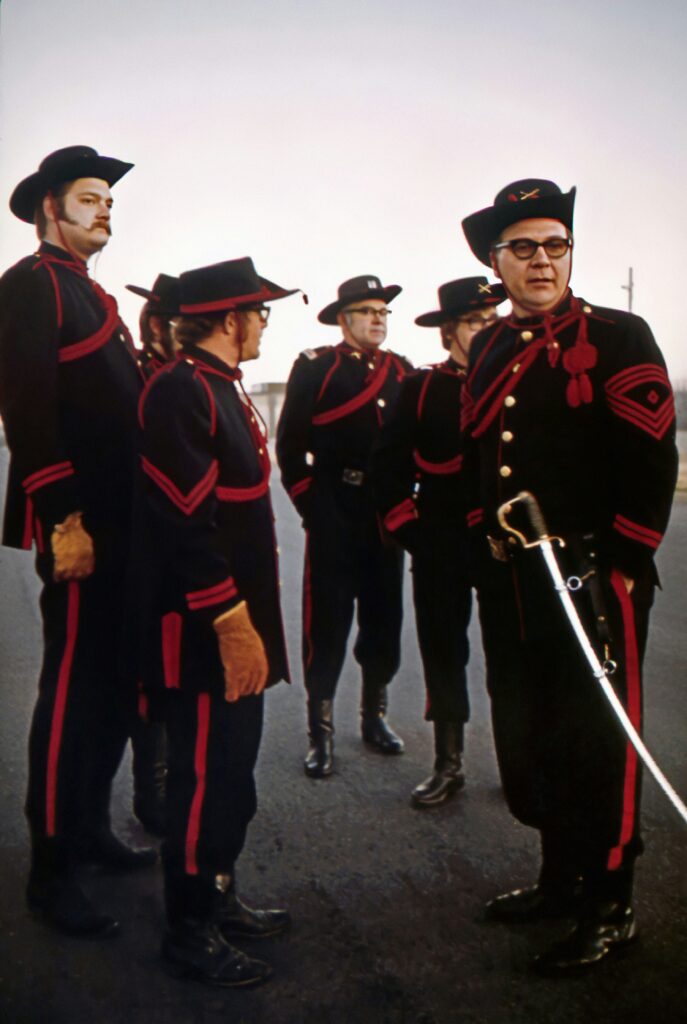
Iconic Equipment and Tools
The Royal Engineers operate a huge variety of specialised equipment:
- Titan Armoured Bridge Layer
- Trojan Armoured Combat Engineer Vehicle
- Python Minefield Breaching System
- Air Portable Ferry Bridge (APFB)
- Excavators, bulldozers, JCBs
- COTS construction tech (generators, mobile plants)
- EOD suits and robotics
They also use cutting-edge software for CAD, surveying, and 3D modelling.
Life as a Sapper
Engineers often live and work in tight-knit units, both at home and overseas. Expect:
- Intense but rewarding work environments
- Regular deployments (6 months+ on operations or training)
- Opportunities to travel (Germany, Cyprus, Kenya, Canada, Brunei)
- Working in extreme climates and under enemy fire
- A strong culture of problem-solving and team spirit
Career Progression
| Rank | Role | Approx. Salary (2025) |
|---|---|---|
| Sapper | Junior engineer | £22,000–£26,000 |
| Lance Corporal–Corporal | Team leader or specialist tradesperson | £28,000–£34,000 |
| Sergeant–Staff Sergeant | Works supervisor or troop sergeant | £36,000–£45,000 |
| Warrant Officer | Construction manager or EOD chief | £50,000–£60,000+ |
| Commissioned Officer | Engineering project officer or OC | £42,000–£70,000+ |
You can also specialise into EOD, diving, geographic intelligence, or engineering consultancy.
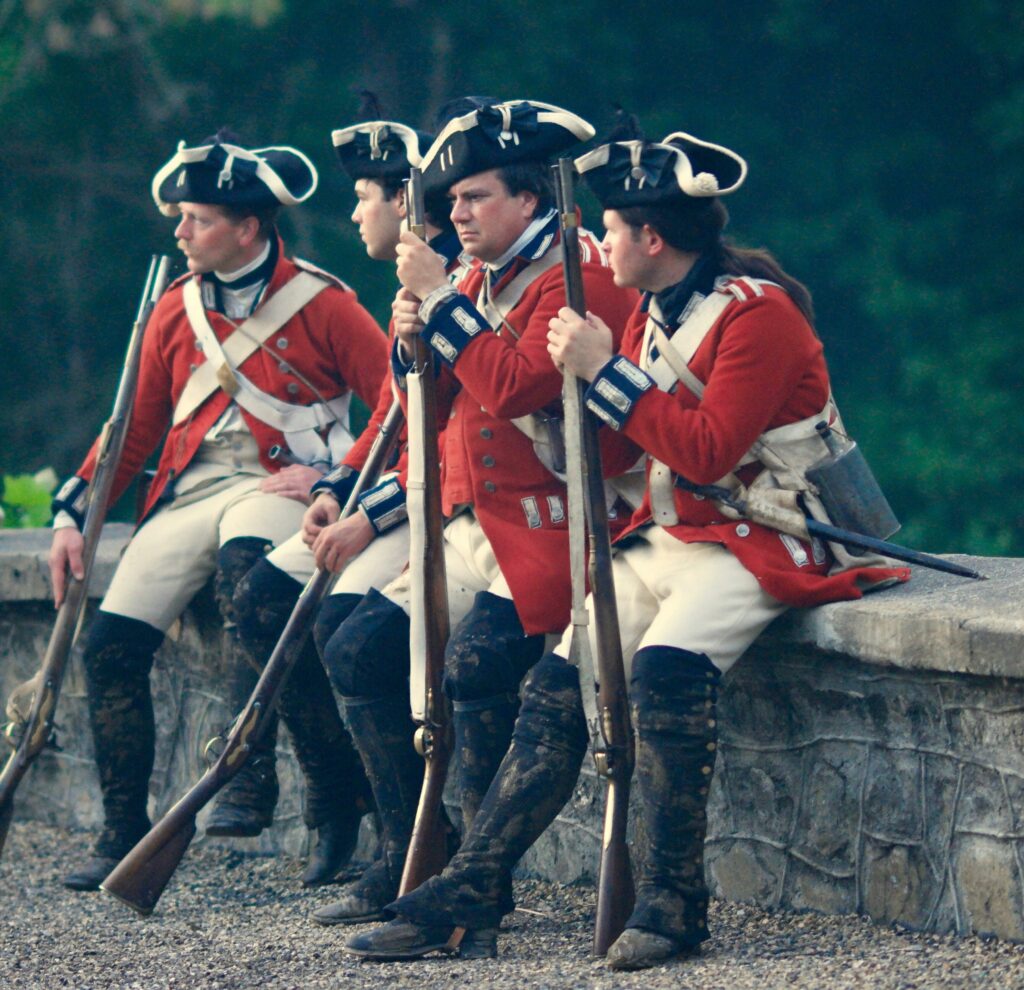
Civilian Career After Service
Royal Engineers are in high demand post-service. You can transition into:
- Civil engineering
- Construction site management
- Quantity surveying
- Project management
- Electrical and mechanical engineering
- Utilities and infrastructure planning
- Safety and compliance (fire, explosives, scaffolding)
- Engineering consultancy and logistics
Many ex-Sappers join companies like Balfour Beatty, Network Rail, Amey, or work overseas on UN or NATO contracts.
Legacy and Honour
- The Royal Engineers date back to 1066, making them one of the oldest continuous military units
- They played key roles in WWI trench construction, WWII logistics, and every major UK deployment since
- RE officers have historically been pioneers of science, architecture, and innovation in Britain
Conclusion
The Royal Engineers are far more than builders — they are soldiers, technicians, planners, and innovators, capable of turning barren landscapes into functioning bases and transforming destruction into order.
Whether constructing a bridge under fire or clearing a bomb-ridden road, the Royal Engineers are the backbone of every UK military campaign — ensuring that wherever the Army goes, the path is built, safe, and ready.
